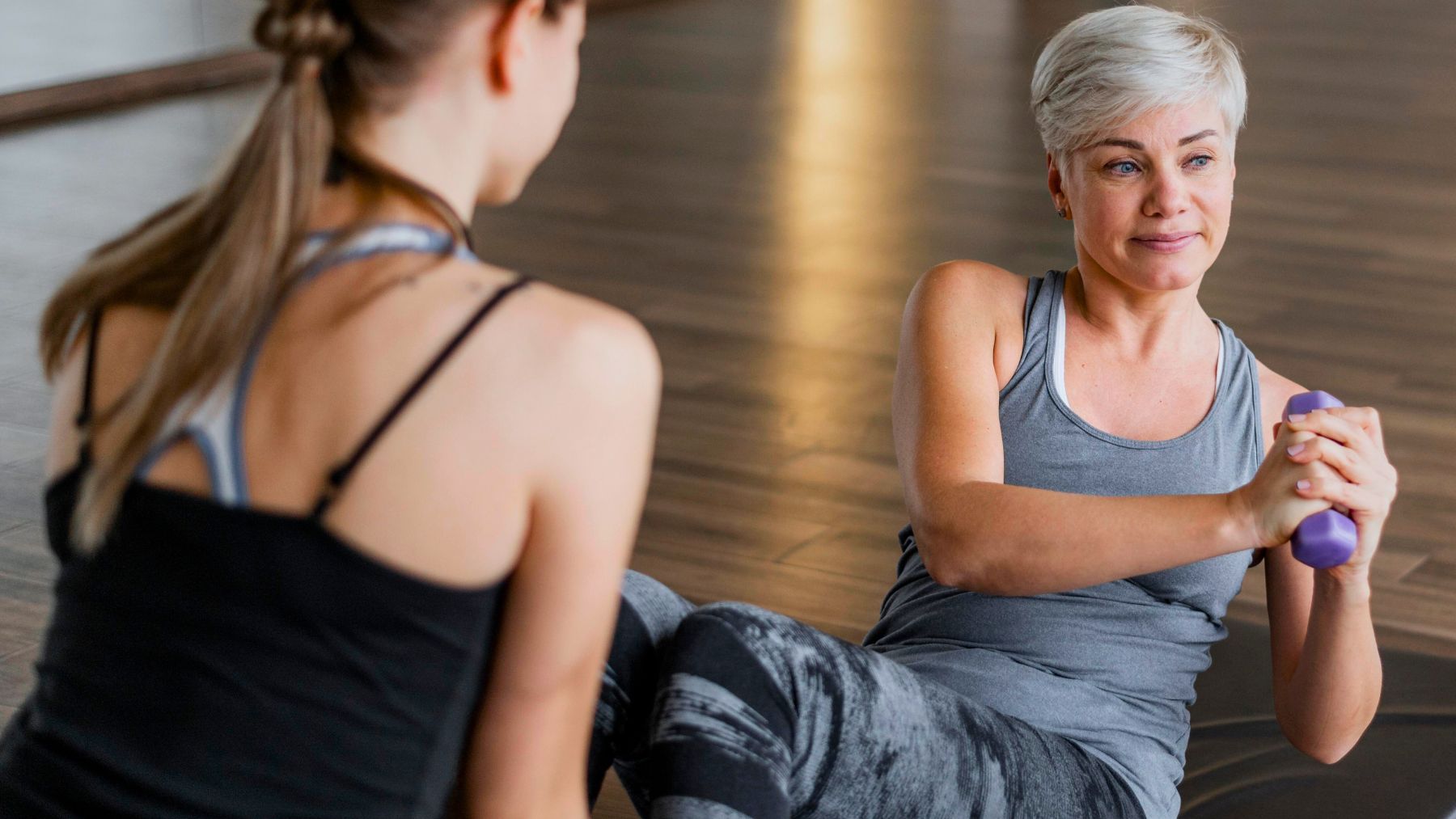Research shows that lifting weights and using weight machines improves fitness, reduces anxiety, and eases depression symptoms. This is why it can be a good approach for anyone over 60 looking to build strength and keep fit.
Here, we’ll explain why weight training is the best option for seniors and share practical tips for getting started. You’ll learn how short, focused sessions can boost both physical and mental health while keeping you safe during your retirement years. Let’s begin.
Weight training: The top exercise for seniors
Weight training is an effective exercise that offers precise control over your workout. This means you can adjust the intensity to match your fitness level. Regular sessions help you build muscle, burn body fat, and maintain functional strength, while also promoting balance and coordination. For seniors, these benefits translate into increased independence and a lower risk of falls.
The benefits of weight training extend beyond physical improvements. Studies confirm that these workouts help alleviate symptoms of anxiety and depression. When you exercise with weights, you not only get fitter but also feel happier and more at ease, thanks to the release of mood-boosting chemicals. Many older adults enjoy a class or training in a group setting, which enriches the experience with social interaction.
Trainers often recommend a routine of three sessions per week. Each session might include around six exercises, with three sets per exercise, keeping workouts short and effective. Using free weights or weight machines can be more beneficial than other methods because they allow you to monitor your progress and stay on track. A clear structure makes it easier to see improvements, providing an extra boost for morale and overall health.
Tips for getting started with weight training after 60
Before starting any new exercise routine, make sure to get a check-up with your doctor to ensure your body is ready for weight training. Then, follow these:
- Start slow with light weights. It’s better to begin small and build up gradually over time.
- Learn proper form. Ask for help at your gym or look for beginner classes that focus on correct techniques.
- Aim for short but several workouts per week, as consistency is more important than the length of each session.
- Spend a few minutes warming up before you start and cooling down afterward to avoid soreness and injuries.
- Consider group classes. Training with others can be both motivating and enjoyable.
- Work with a trainer experienced in older adult fitness to tailor a routine that meets your needs.
- Stay hydrated and mind your diet. Enjoy energy-packed foods like a handful of nuts, and be sure to drink enough water.
- Listen to your body. If something feels off, adjust your workout or take a break.
Weight training is a straightforward approach that builds muscle, enhances balance, and supports mental well-being. Start small by choosing manageable weights, and always pay attention to how your body feels during each session. This way you will enjoy a routine that keeps you active and engaged while contributing to a sense of empowerment and improved quality of life.

